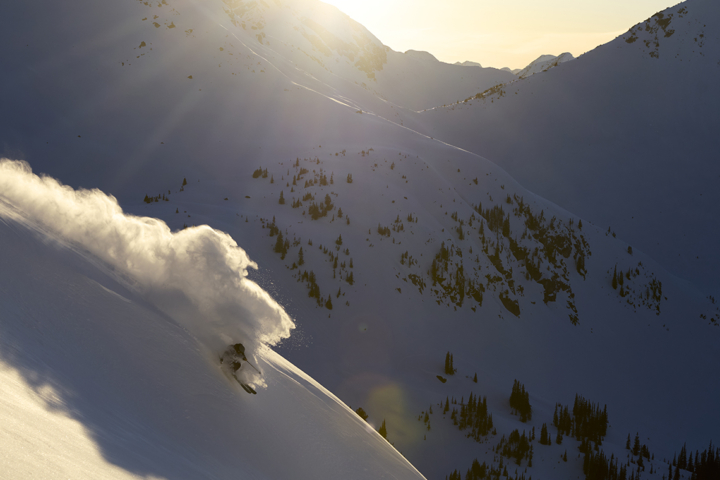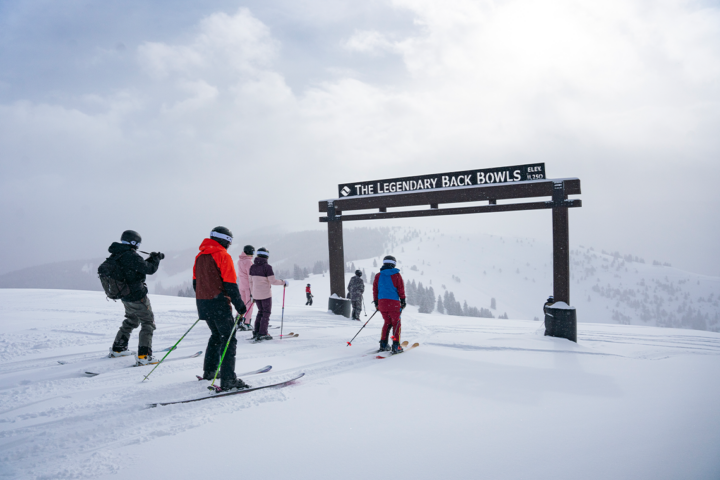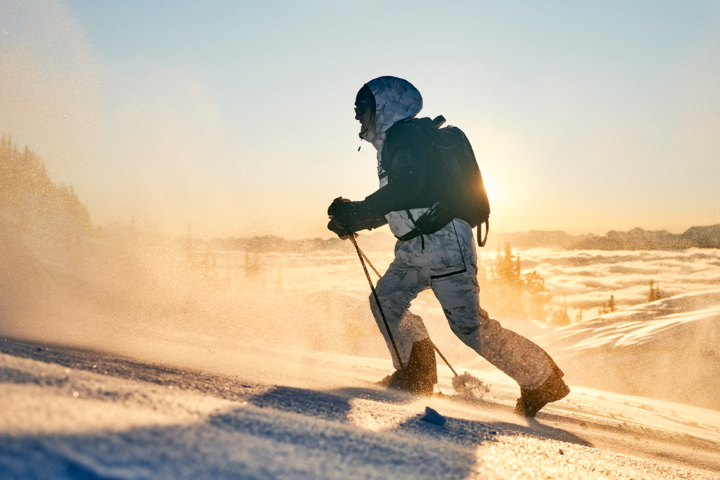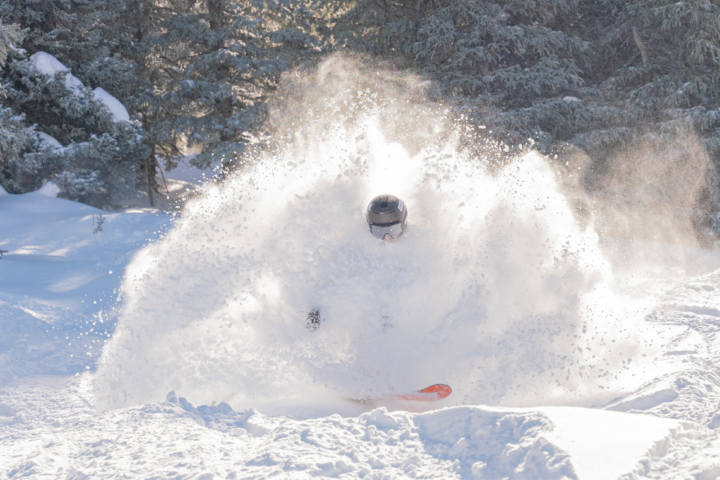ADVANCES IN DIGGING METHODOLOGIES CAN SAVE CRUCIAL TIME IN AVALANCHE RESCUE EFFORTS
Search times for avalanche victims has decreased greatly in the past decade due to advances in transceiver technology, increased beacon usage and availability of quality training programs. But once the victim is located, he or she must be excavated. And experts say that is the biggest opportunity for saving time.
The traditional method of digging out a buddy is to probe and then start digging down until you get to the person. But there are several problems with that. First, it’s time consuming and inefficient to lift snow straight up. Second, in the case of deep burials, access to the victim is limited, and lifting the victim out of the hole is challenging and potentially dangerous. Third, you run the risk of snow falling back onto the victim, causing further injury and additional shoveling.
Bruce Edgerly, VP of Marketing and Sales at Backcountry Access (creators of the popular Tracker beacon) and Dale Atkins at Recco have put forward new digging techniques that, when implemented properly, can greatly reduce the amount of time it takes to reach a victim.
As is always the case with avalanche safety, the best way to survive is to avoid burial alltogether. Always check avalanche reports, dig snow pits and have your exit routes planned.

Here are five steps to properly excavating a buried victim.
STEP 1
When you have located the victim with your probe, note the burial depth, and leave the probe in place.
STEP 2
Start digging downhill from the victim at a distance of 1.5 times the burial depth. For instance, if the victim is buried 1.5 meters down, begin digging 2.25 meters downhill from the probe.
STEP 3
Dig on your knees, chopping snow into blocks and then shoveling away. Continue digging towards the probe, making the hole two meters wide.
STEP 4
In a two-person rescue, you should dig side-by- side, rather than inline.
STEP 5
Once the victim has been spotted, concentrate on finding the head to create an air passage. If your hole is wide enough, you should be able to roll the victim, if needed, to clear the airway.
For full details on new digging techniques and for other safety tips, visit Backcountry Acces








